
Madeira is an island in the Atlantic Ocean with about 280,000 inhabitants. Geographically, it is located about 900 kilometers southwest of the Portuguese mainland and about 700 kilometers from the Moroccan mainland. Politically, Madeira belongs to Portugal and uses the euro as a means of payment.
Madeira's landscape is of volcanic origin and therefore very mountainous, with the highest elevation being the 1,862-meter-high "Pico Ruivo". The subtropical climate there ensures mild temperatures all year round.
Madeira has an impressive flora and is therefore often referred to as the “flower island”. The particularly colorful flowering species include juniper, laurel, blueberry, ferns, elderberry, rowan, violet, heather and various palm species.
The largest cities in Madeira include Funchal, Camara de Lobos, Canico, Machico, Camacha, Santa Cruz and Ribeira Brava.
Madeira's main industry is tourism, which attracts almost two million visitors a year, mostly Europeans. The island is particularly popular with hikers, divers and cyclists.
The most important sights on the island of Madeira include the lava cave of Sao Vicente, the organic garden "Fajo dos Padres", the Nuns Valley, the highest cliff in Europe - Cabo Girao, the lighthouse of Ponta do Pargo, the Paul da Serra plateau, the Ponta de Sao Lourenco nature reserve, the Lauracea forests, the marine aquarium in Porto Moniz, the Pico Ruivo mountain, the Levadas irrigation canals, the Church of Sao Bento in Ribeira Brava, the Camacha basket weaving center and the natural swimming pools in Porto Moniz.
The capital of Madeira is Funchal, birthplace of football star Cristiano Ronaldo, with about 130,000 inhabitants. Funchal is the economic, educational and transport center of Madeira with its port, the only university and the international airport.
The most important sights in Funchal include the Monte tourist resort with its cable car, the botanical garden, the Nossa Senhora do Monte church and the tomb of Charles I, the Holy Trinity church, the baroque Sao Pedro church, the Jesuit church, the old town with its many restaurants, Santa Maria Street, the Santa Clara monastery, the Avenida do Mar harbor promenade, the Se Cathedral, Sao Jose Fort, the town hall, the black beach Formosa Beach, Sao Tiago Fort, the market hall, the Jardim Panoramico terraced garden, the Promenade do Lido, the Socorro church, the statue of Joao Goncalves Zarco, the Praca do Povo promenade, the botanical garden, the art museum and the historic center of Funchal.
In July 2017, I traveled to the beautiful island of Madeira for the only time so far. I left Ponta Delgada in the Azores in the morning with Azores Airlines.
I chose my hotel right next to the old town, on a small hill with a great view. In retrospect, it was a very good decision. During my three-day stay, I walked through the old town every day, down the small hill past the countless restaurants. I also stopped often to have a quick chat with the super friendly waiters. Of course, I also ate there every evening, because there is no nicer place to do so in the whole of Madeira than in the historic old town of Funchal.
During the day I took a bus tour of the island and a city tour of Funchal, a cable car ride up to Monte and a trip to the famous rocky coast at Gabo Girao. These tours were relatively inexpensive and the impressive island landscape, which always smells different, was simply enjoyable.
The view from high up, the botanical garden in Monte and the cable car ride are simply worth seeing and an absolute must for every Madeira visitor.
The island of Madeira is a fantastic island and, in my opinion, one of the most beautiful islands in Europe due to its diverse and colorful flora.

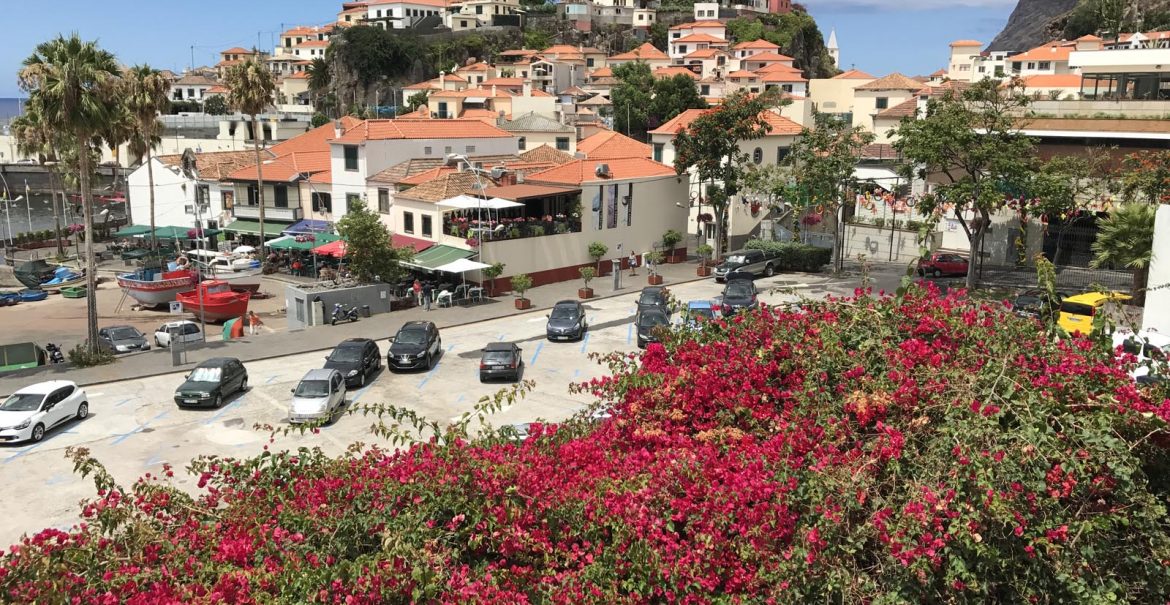













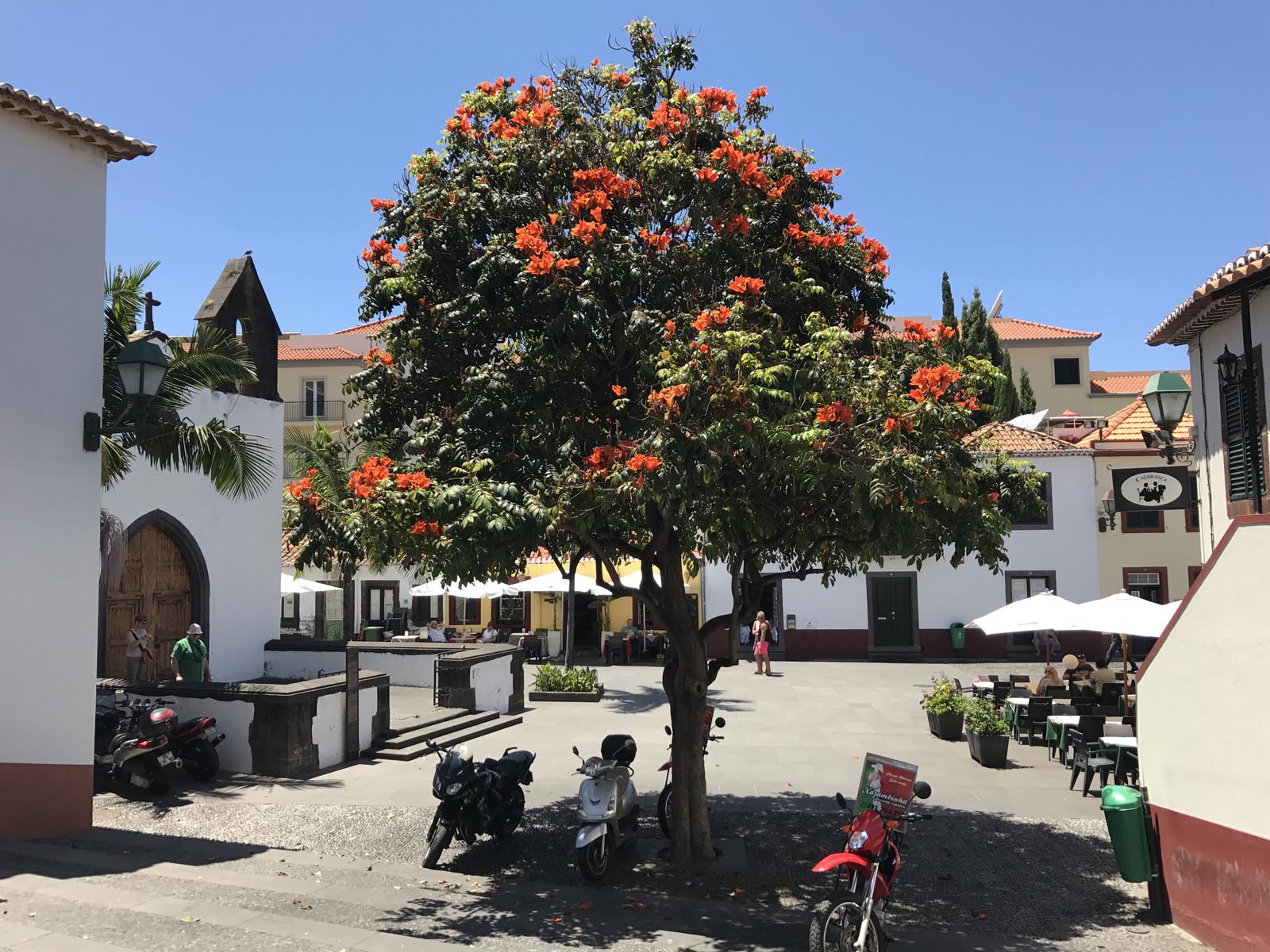
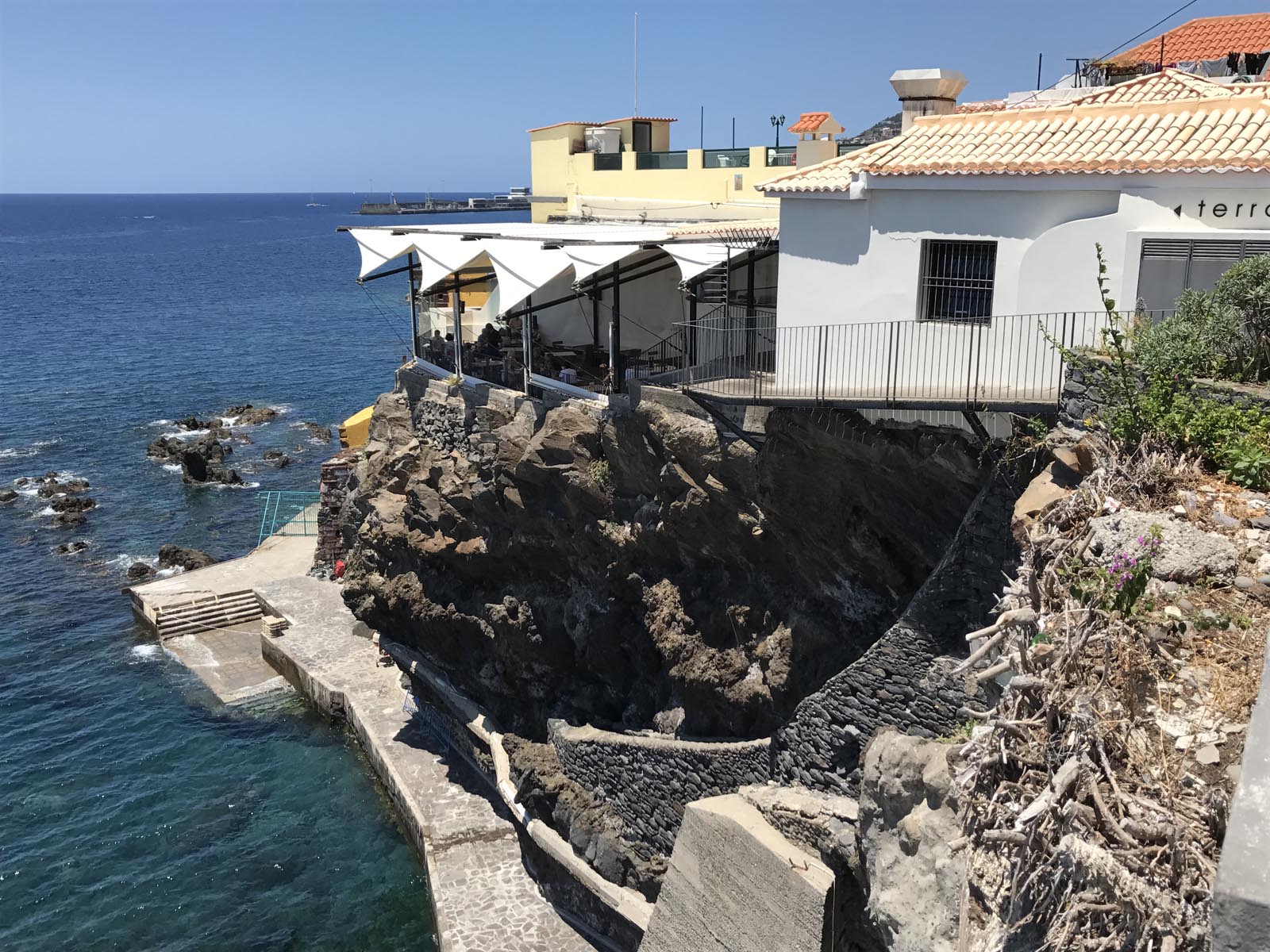
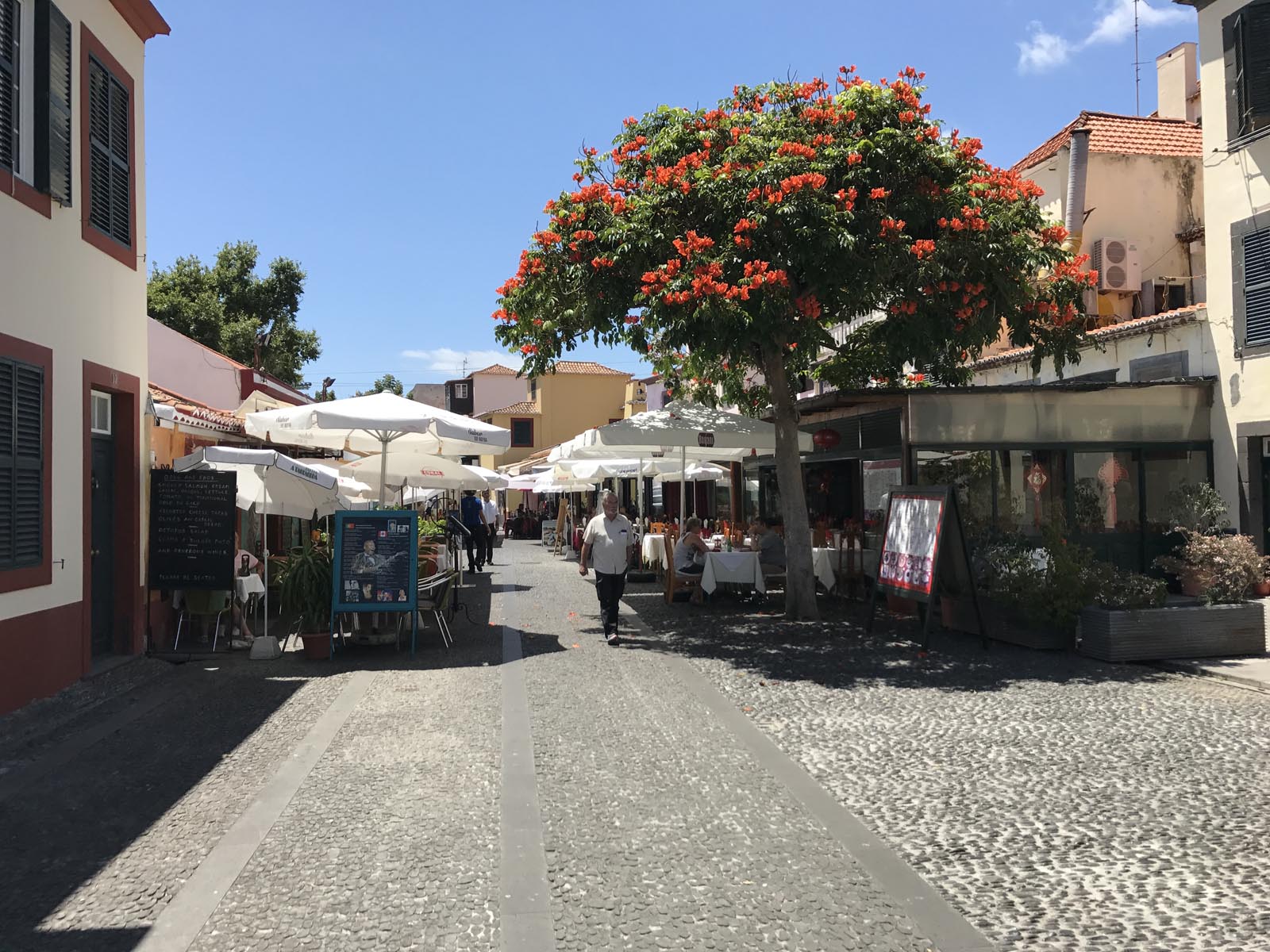
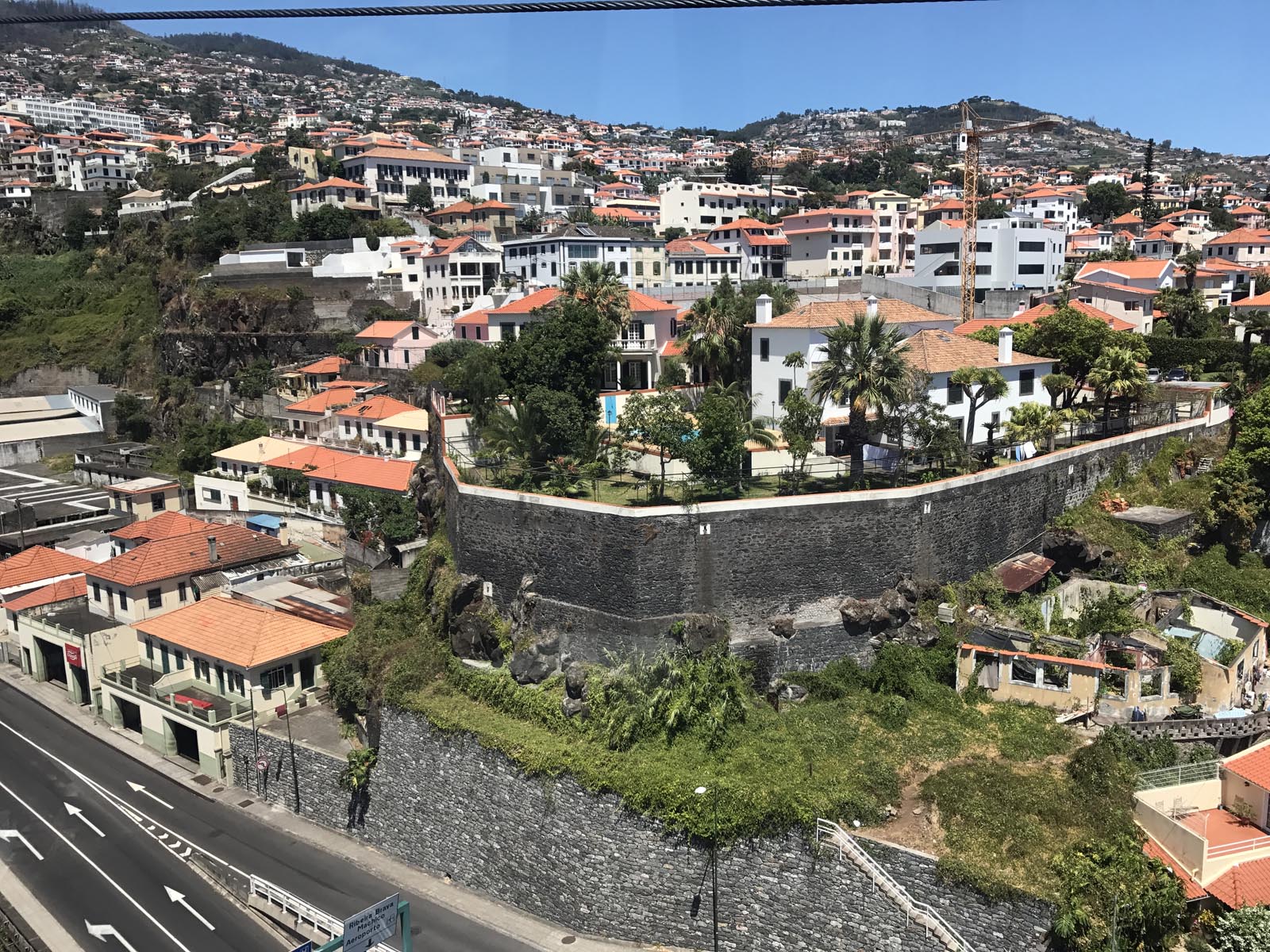
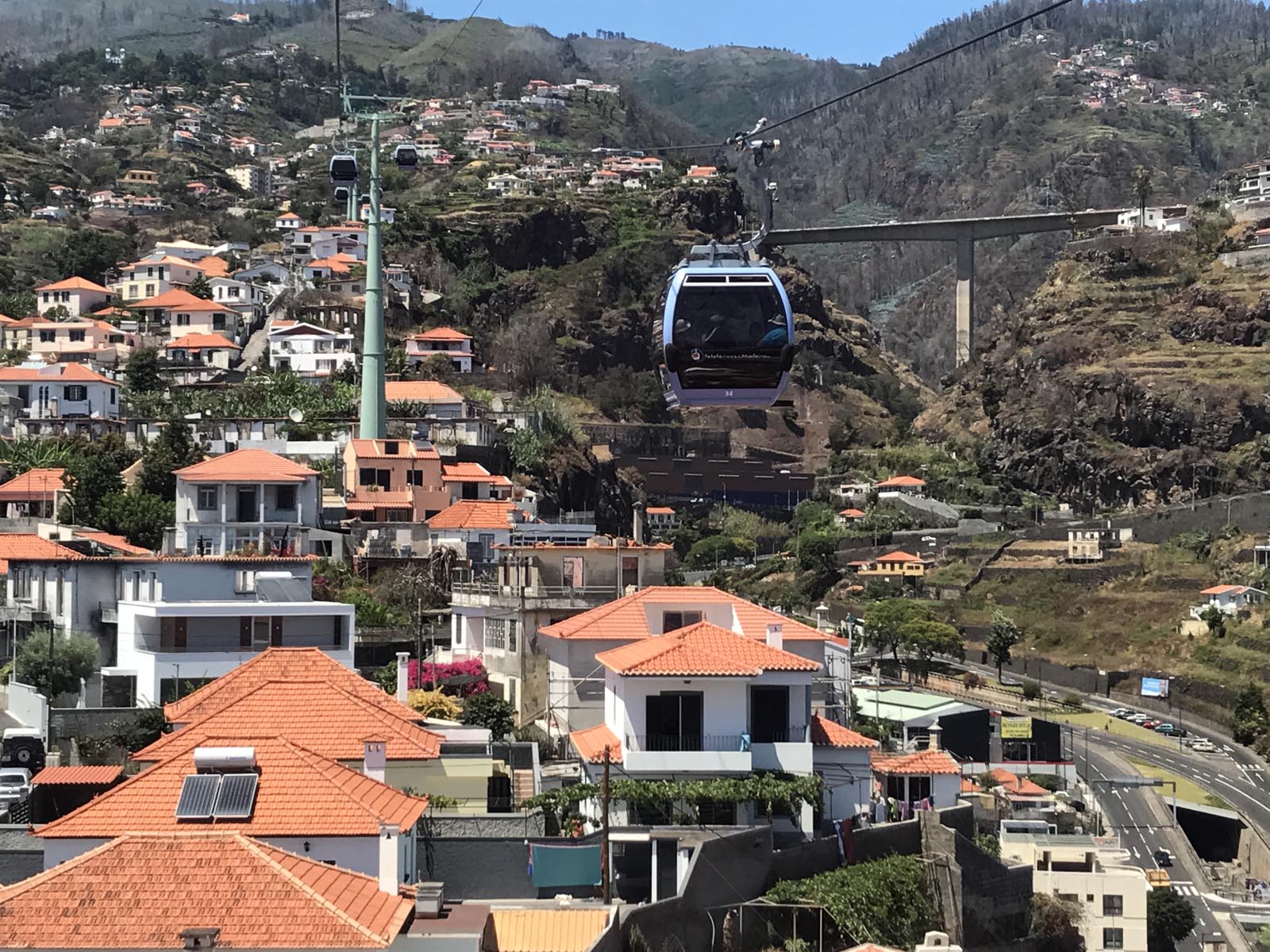
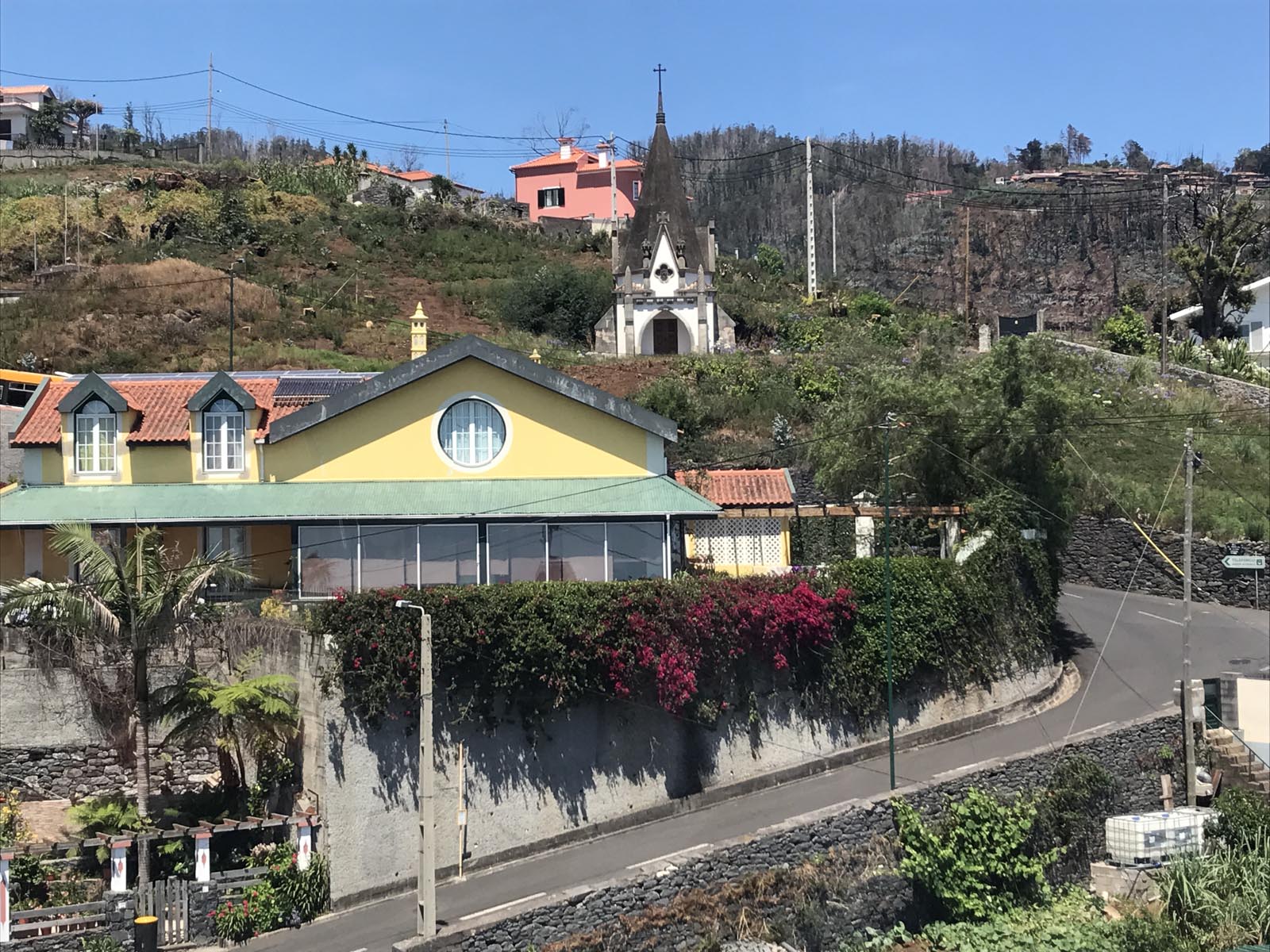

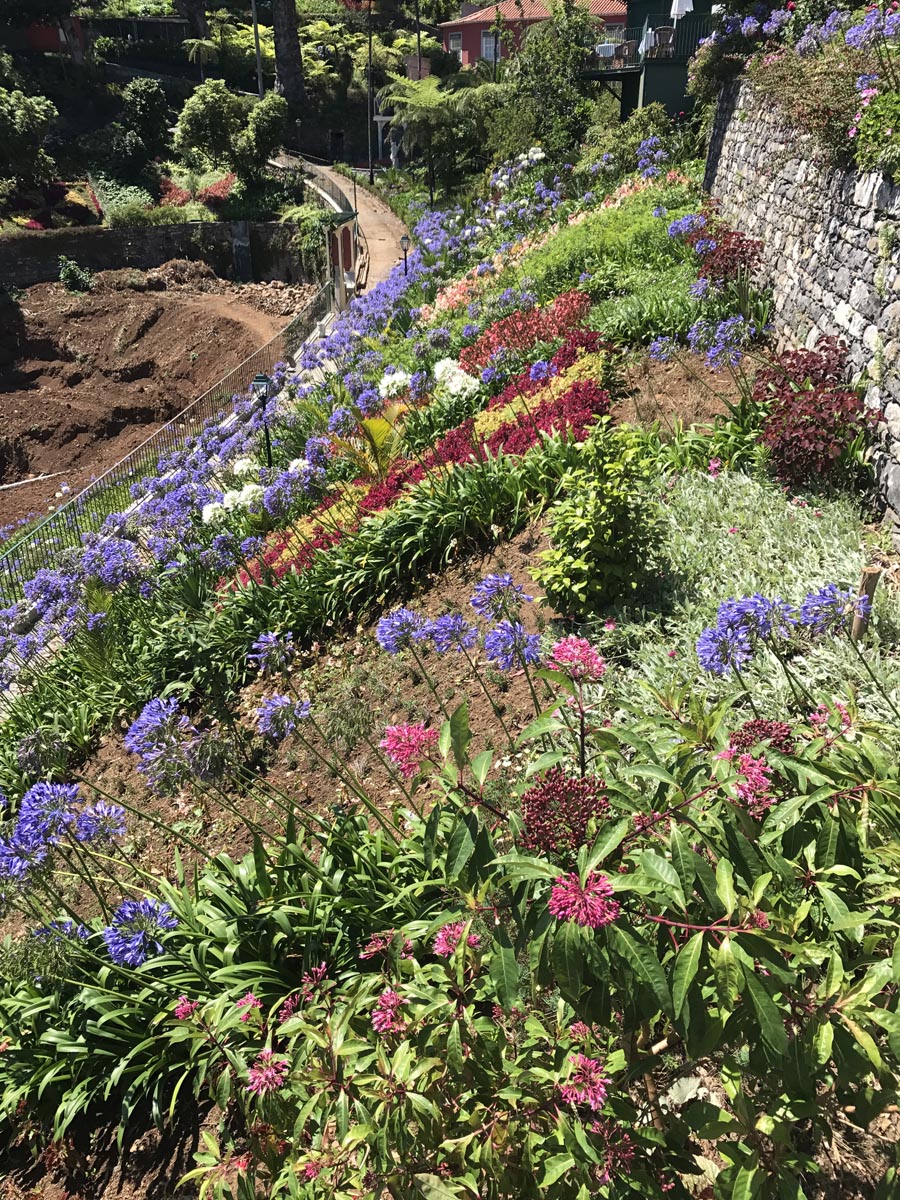
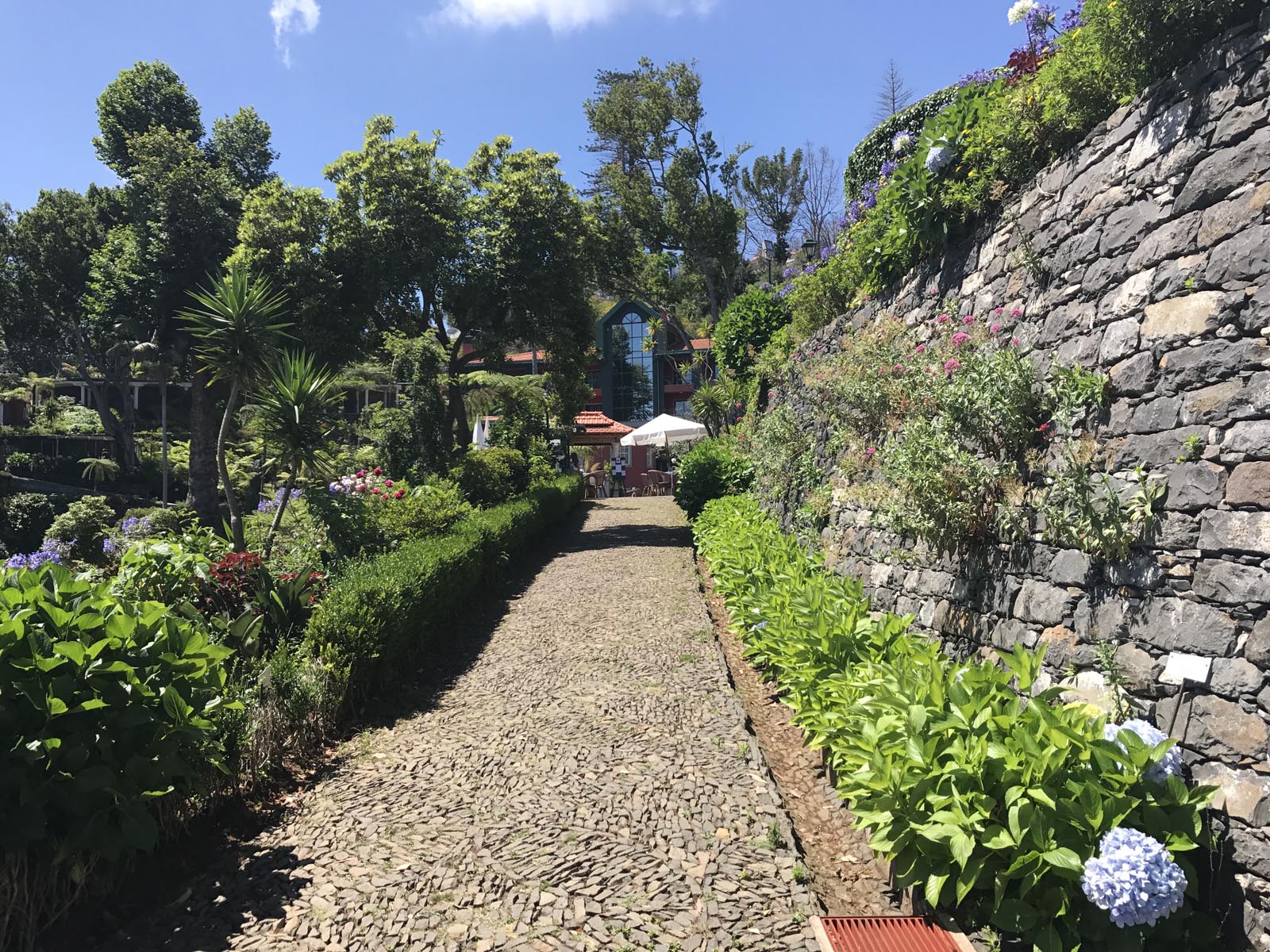
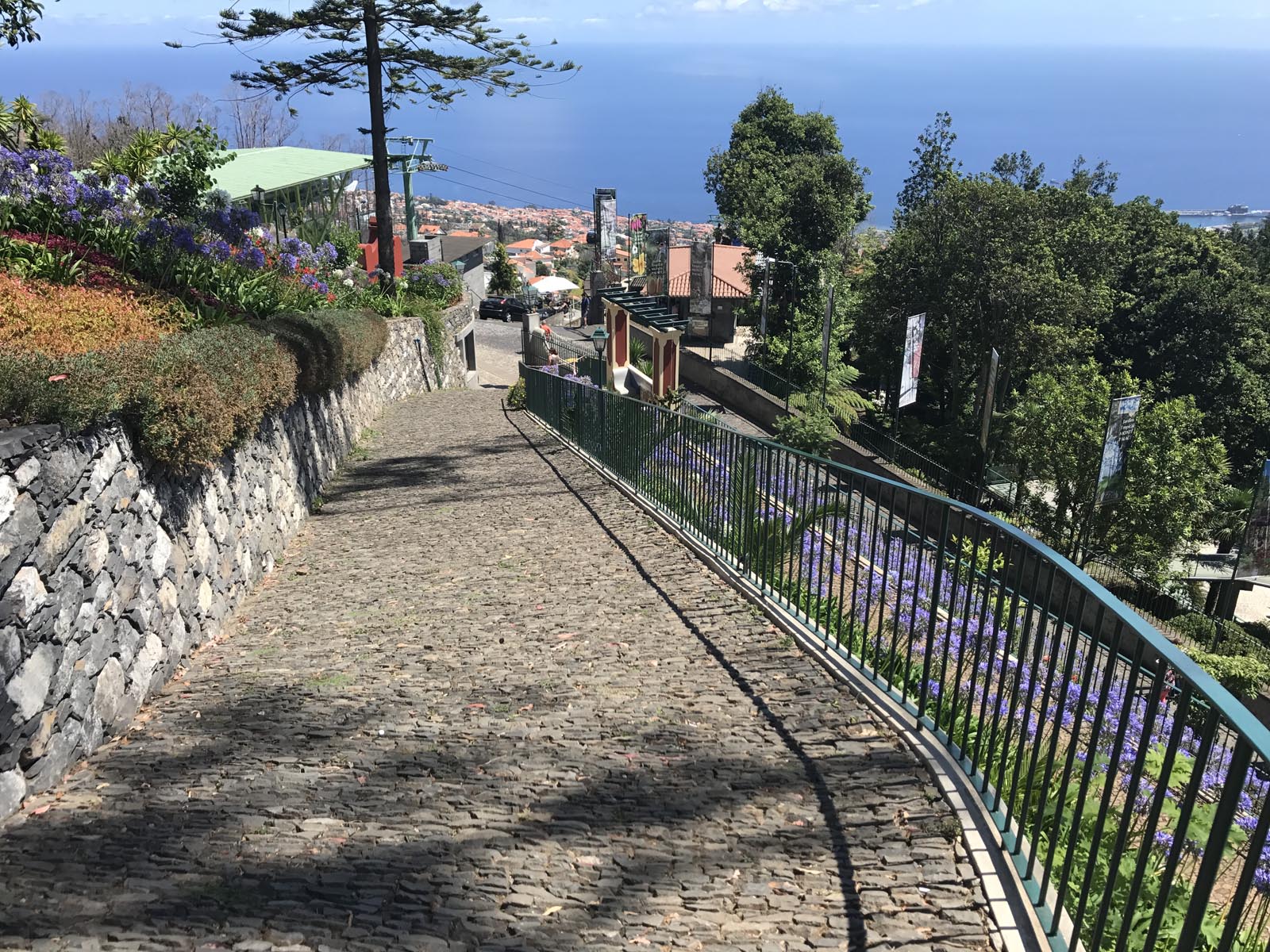

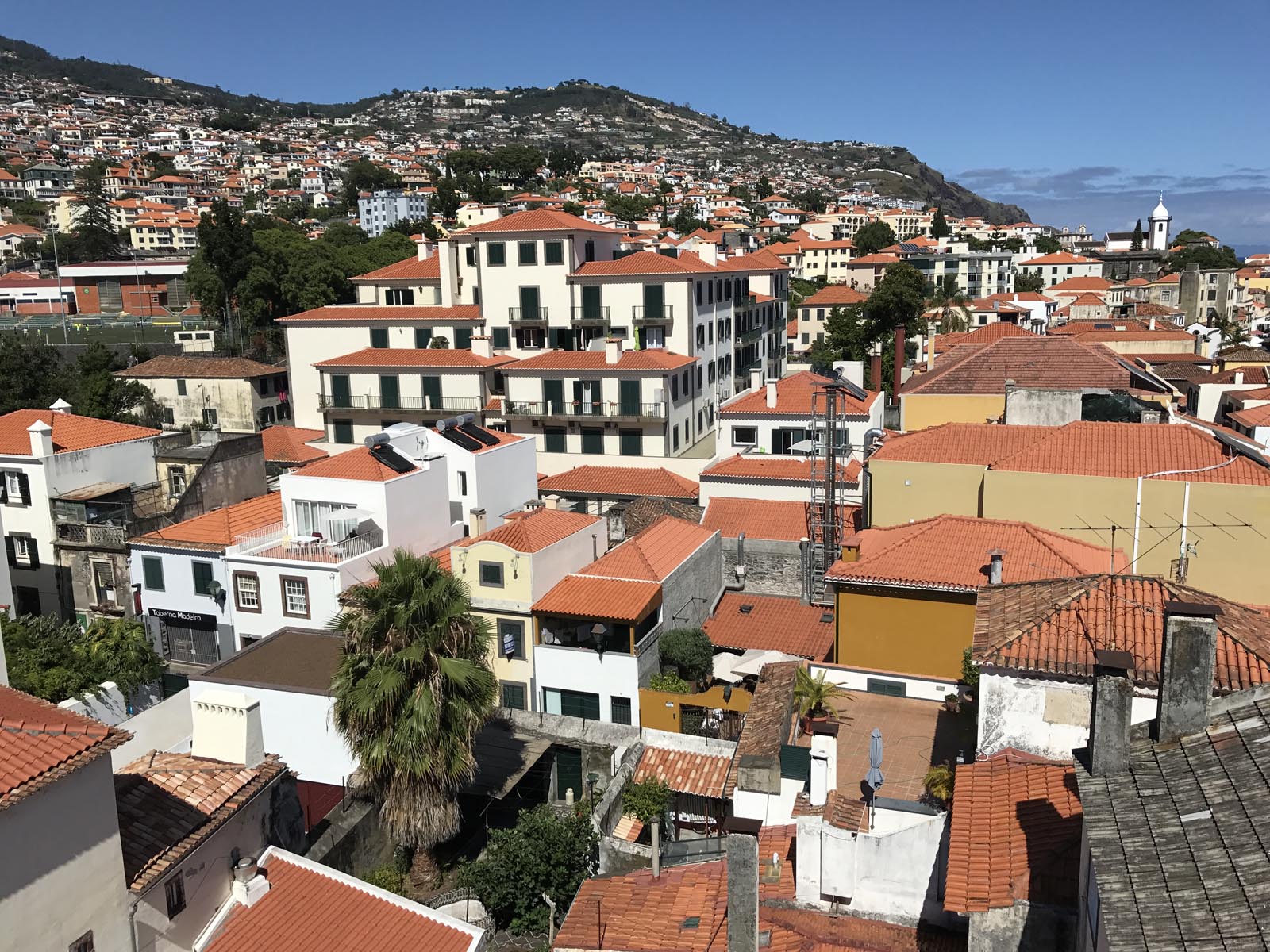
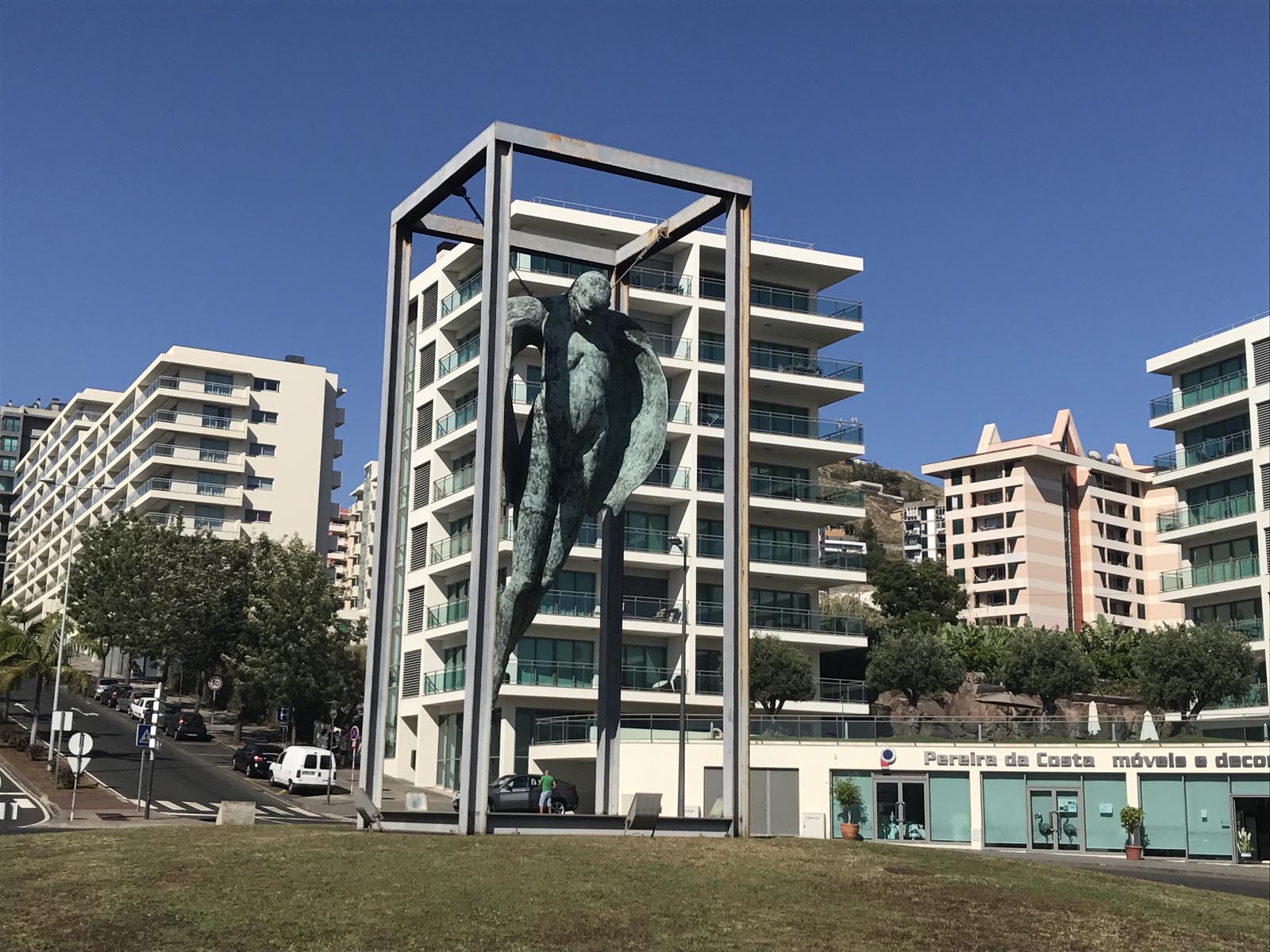
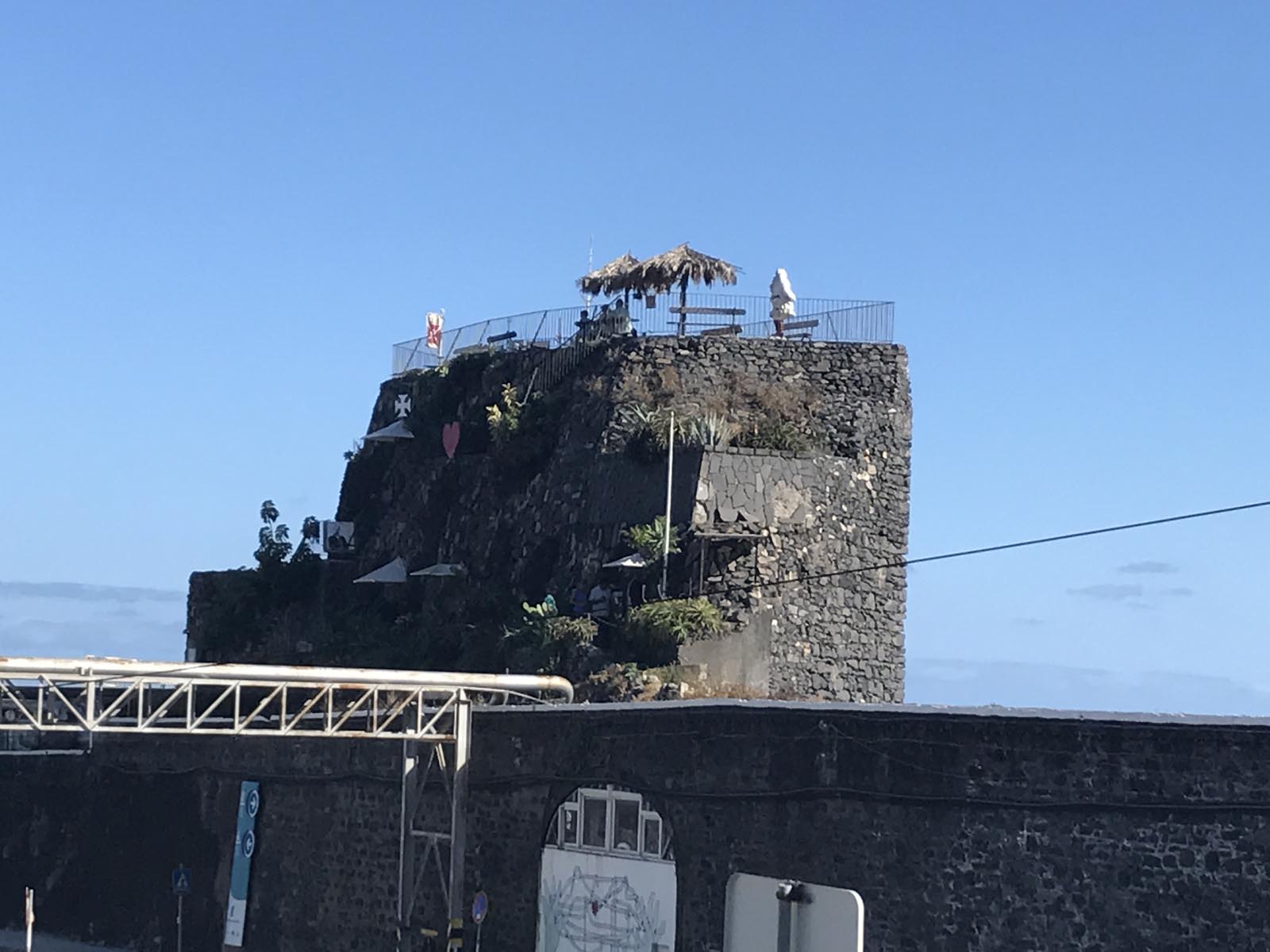

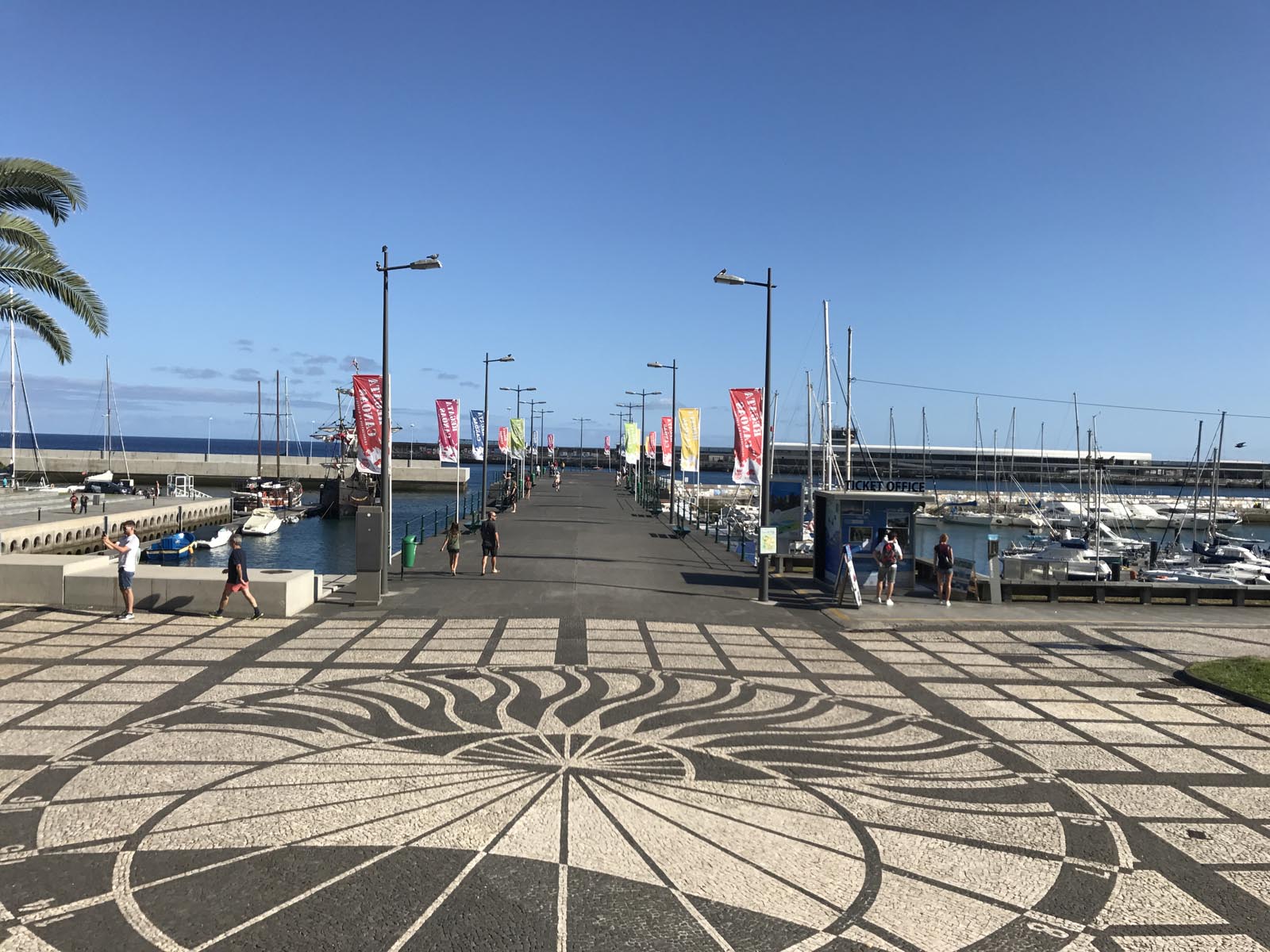



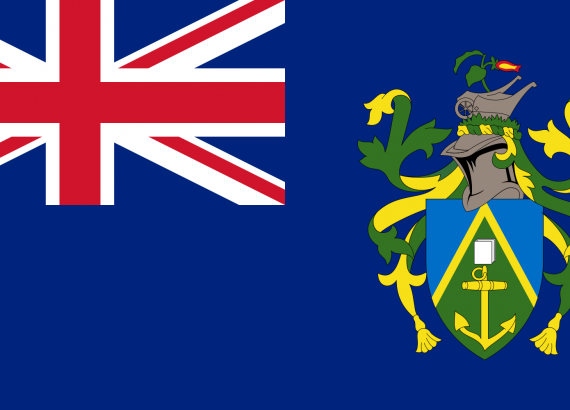
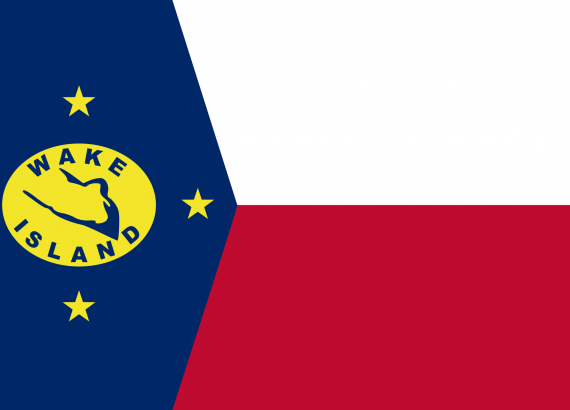
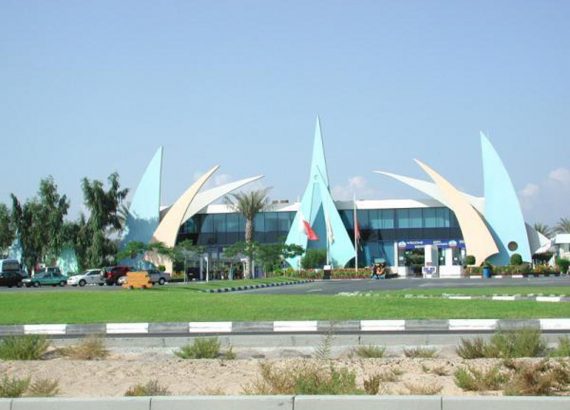
No Comments